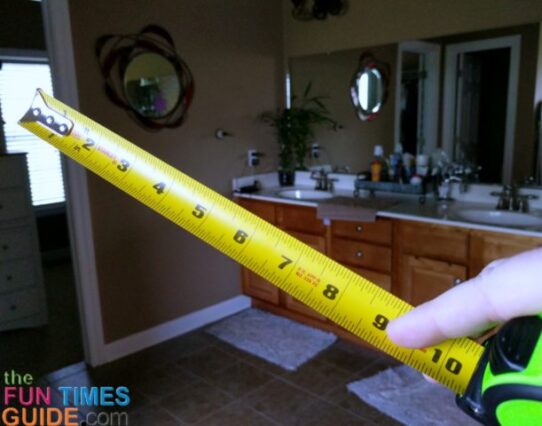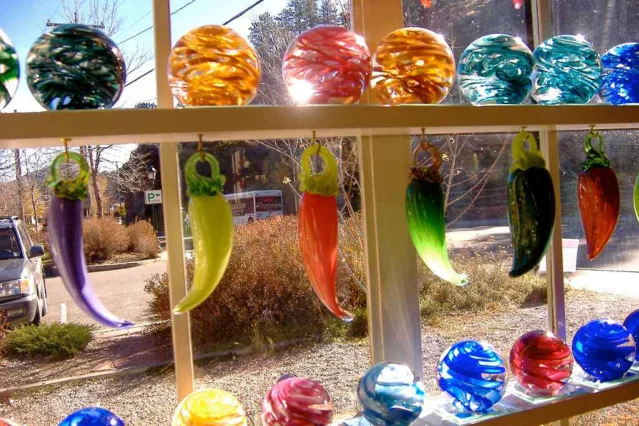 One of the biggest hang-ups in the process of finding a bank to finance our log home was the “draw schedule”.
One of the biggest hang-ups in the process of finding a bank to finance our log home was the “draw schedule”.
The draw schedule is that unique timeline that spells out exactly when the logs themselves will be paid for, when the next installment of payments will be doled out by the bank, etc.
For us, it sometimes became difficult getting the bank and the log home company to agree on when the actual money would exchange hands.
At one point, it became apparent that we were going to have to do some fancy footwork at the last minute in order to satisfy all parties involved (the log home company, the bank, and us).
How It Went For Us…
From very early on, Honest Abe (the log home company that supplying the logs and drying in the house) was willing to be flexible in order to accommodate the specific requests that various banks had regarding the draw schedule.
But only one bank showed any interest in working with the log home company. That bank was BB&T.
Without too much difficulty, we were able to come up with a payment schedule that would work for everyone. In the end, we were to cough up a little extra money upfront in order to make it work, but it was doable.
Specifically:
In addition to our standard down payment for the loan itself, we had to agree to pay for 10% of the log package up front. The bank simply would not pay for a stack of logs. (They were not willing to pay a penny until the home was actually dried in.) And the log home company would not even cut the logs until they had their 10%.
That seemed fair to us, I mean everyone deserves to get paid in a timely fashion in this process. And since it was going to take 10% down to get the logs cut and then delivered to the property, we saw no other way than to kick in the cash ourselves upfront.
Fortunately, Honest Abe allowed us to put the deposits we’d already contributed toward blueprints, etc. toward this 10% down payment. So we wouldn’t have to come up with quite so much cash.
Another change in our case:
Typically, when the log package arrives on-site, the log home company wants to be paid another chunk of change before the logs are even unloaded from the truck. (Actually, in addition to the 10% mentioned above, Honest Abe usually requires 40% before even cutting the logs, another 50% upon delivery, and the remainder of the contract (labor) upon completion of the dry-in process. This is certainly fair, and to be expected. But I can’t say how thankful we are that Honest Abe agreed to work with BB&T to come up with a different draw schedule uniquely for us.
In effect, Honest Abe agreed to accommodate the bank’s wishes and wait until the completion of the dry-in process to be paid.
When all was said and done, BB&T agreed to the draw schedule, which paid for the logs and labor — in full — upon completion of the dry-in process.
I see this as yet another one of the many hoops you have to jump through when you’re seeking a loan to build a log home. For awhile there, we were just going in circles being told one thing by a bank (not BB&T), then another thing, then people would quit (turnover at the banks), then a bank would agree to work with the log home company… then not.
NOTE: To date, we have still not begun the process of building our log home. I wrote this post awhile ago, when we were steps away from signing with BB&T to finance our log home. Even though we didn’t follow through with BB&T for various reasons, I figured this information might be helpful to others who are going through the same thing.
Curbside Financing Explained
There was an interesting article about this appeared in the December 2007 issue of Log Home Design.
Here’s an excerpt…
Here’s the challenge: When you buy your package from a log home company, they’ll deliver your logs to your home site when you’re ready to start construction. But they won’t want to offload those logs, or put them on “the curb” until they have a check in hand for the full amount.
This is where the wrinkle comes in. While many banks are happy to give you a home loan, some are not as eager to give you a ‘pile of logs’ loan. Banks as a rule don’t like to take risks. So traditional lenders might be hesitant to loan you money for logs that could sit onsite — prone to the risk of foul weather than project snafus — before they’re part of the actual house.
Ask your lender upfront if they’ll cut a check for your logs before they arrive. Luckily, firms that specialize in log home mortgages usually will. If you’re not planning to work with a log home lender, you can always take matters into your own hands. If you have the cash to pay for the logs, you can certainly cover the cost on your own and let the lender’s construction loan pick up the rest of the building costs.
That’s kind of how it was going for us. We gave a little, Honest Abe gave a little, and the bank agreed to the rest. In the end, everyone was going to spend/receive the same money… just in a little different order than usual, that’s all!
We’ve gone through the entire process of designing and planning every single detail of our dream log home! We have the blueprints… and the land… and the contractor… and the goal for our log cabin home to be our retirement home. Before you build (or buy) a log home, I have a slew of helpful tips for you — to plan, design, build, decorate, and maintain your very own rustic modern log home. When I’m not fine-tuning the log home of my dreams, you’ll find me at the corner of Good News & Fun Times as publisher of The Fun Times Guide (32 fun & helpful websites). To date, I’ve written nearly 300 articles for current and future log home owners on this site! Many of them have over 50K shares.





